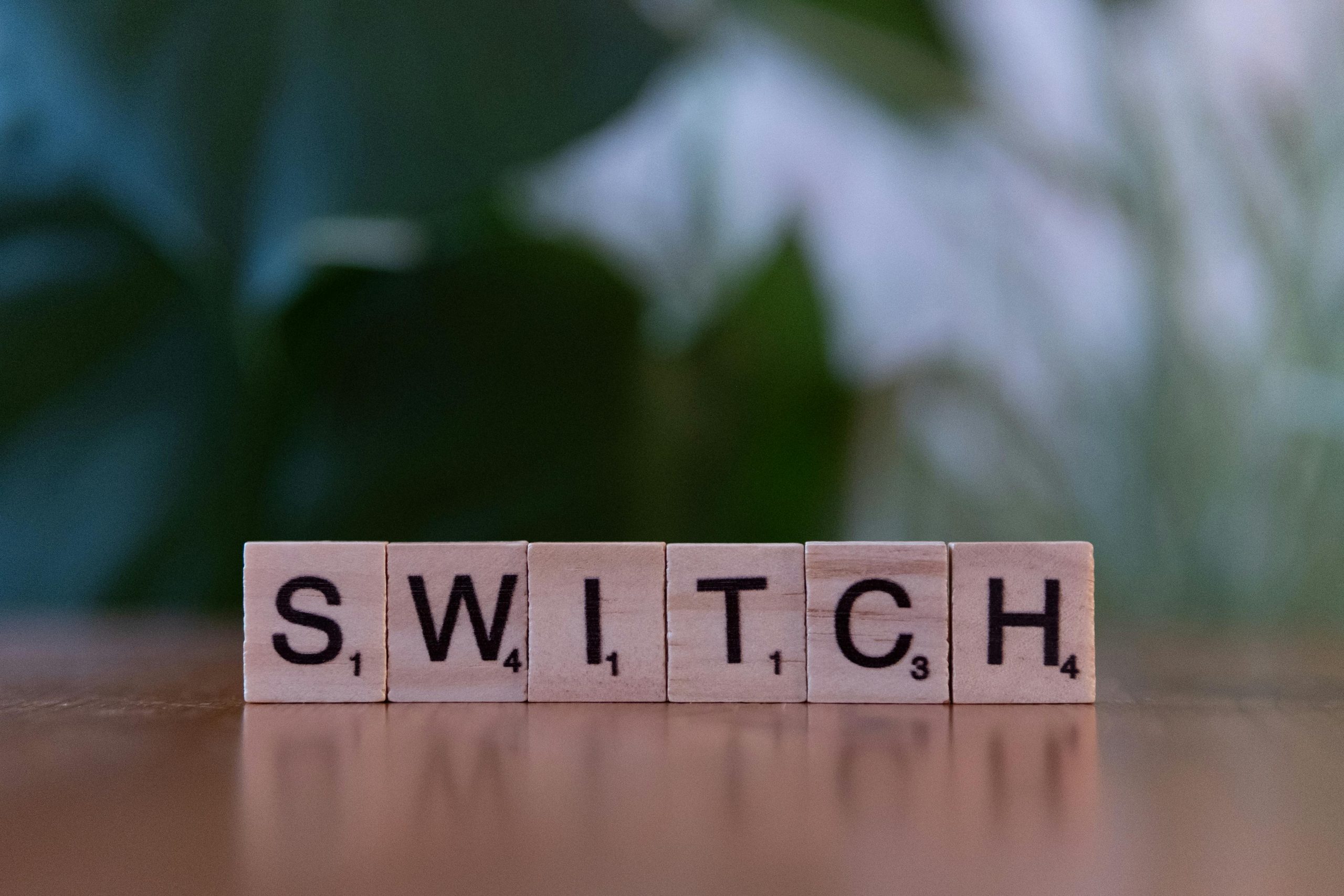This is my first experience cooking with stainless steel, and it’s not going well. I researched and followed all the guides, but my pan is in terrible shape.
I was excited to switch to stainless steel and eliminate PFAS from my kitchen. I watched tutorials, read several guides, and even consulted GPT for tips before trying out my first recipe. I heated the pan until water droplets danced on the surface, then lowered the heat and added olive oil to cook sliced pears. Once the pears were done, the pan had already developed a yellowish-brown color, with charred bits everywhere.
Despite the pan’s appearance, the cooking went smoothly. After pouring out the oil, I wiped the pan with a paper towel and tried to deglaze it with hot water. Unfortunately, it looked completely ruined. I even attempted using a gentle scrubber, but that didn’t help. I boiled water with baking soda for ten minutes and scrubbed with more baking soda, but the mess remains.
What went wrong? I’m really regretting the investment I made in my Heritage Steel pan set. Which step did I get wrong? I could use some advice!

Leave a Reply
You must be logged in to post a comment.